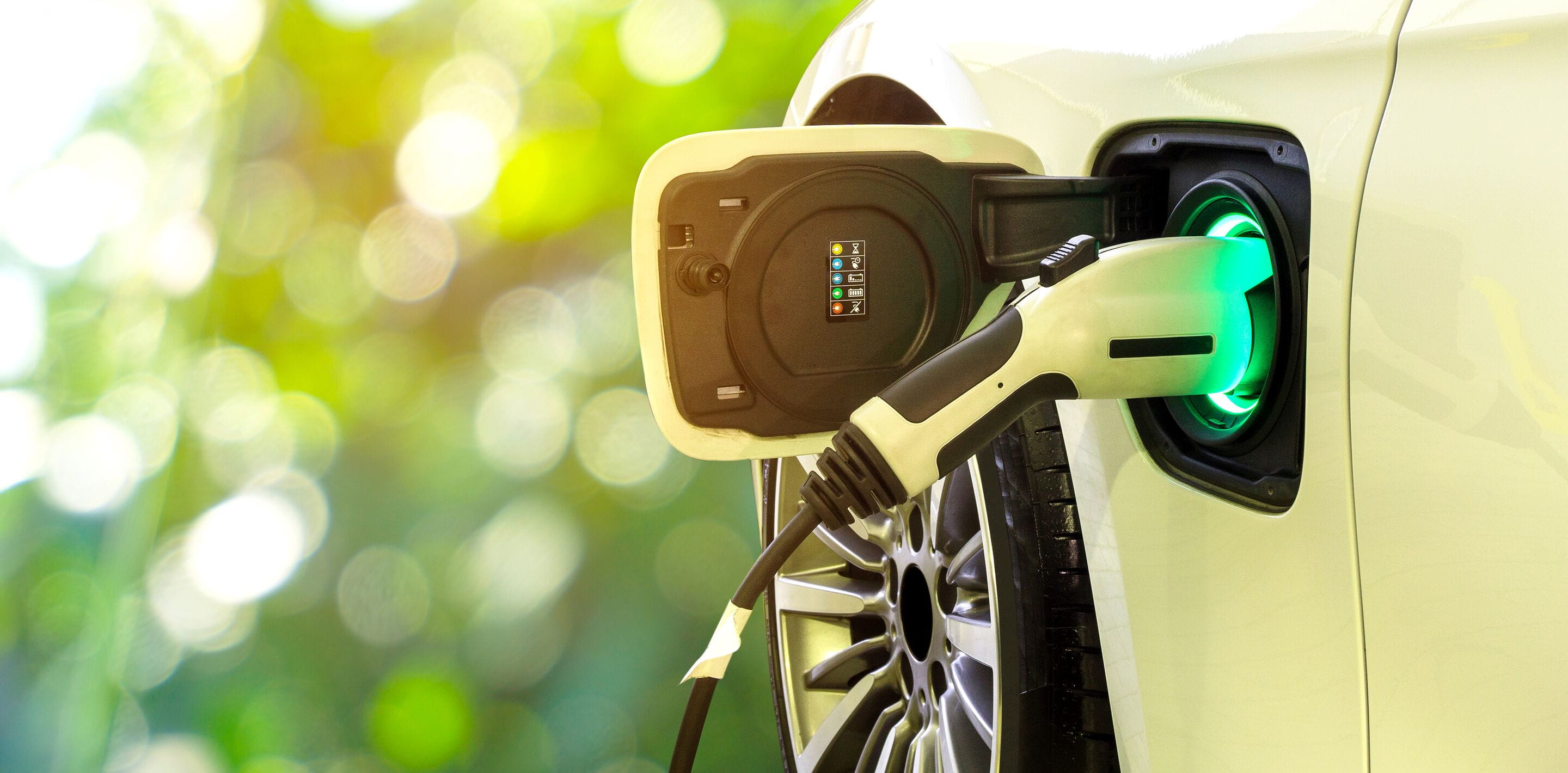
Strict new standards for public EV charging
The Government has drafted a new regulation enforcing a simpler and more reliable public charging experience for electric vehicle drivers. Here’s how those changes could affect you.
Reliable, accessible charging is a cornerstone of the UK’s electric vehicle transition, but that experience isn’t always up to scratch. Having researched drivers’ perceptions of public chargepoints networks, the Department for Transport has set out draft regulations addressing their main criticisms and making it easier for them to plug in.
The Public Charge Point Regulations 2023 will apply across England, Wales, Scotland and Northern Ireland, including locations on private property but not workplace chargepoints for staff and visitors. This will introduce strict quality of service requirements for network operators from 12 months after it comes into force, based on several key areas:
Reliability:
- Operators must achieve 99% reliability for rapid chargers, measured as a network-wide average for the calendar year, but excluding hours where units are not accessible. They will also be required to publish compliance data on their website and submit annual reports to the Government starting in January 2026.
- Networks will have to provide a 24/7, free-to-use, manned helpline and advertise it prominently at all locations. Calls will be logged according to volume, type of inquiry, the time taken to deal with it and how many are unresolved, with those statistics fed back to the Government.
Payments:
- Contactless payments will be mandatory for all rapid chargers and any newly installed chargepoint with an output of 8kW or more, which excludes slower destination and on-street residential units. The idea is to offer ad-hoc payments for drivers. If existing private chargepoints are made public, then they also have to comply with this.
- All public chargepoints must be available through third-party roaming providers (such as Zap-Pay) within two years of the regulation coming into force. This enables seamless access to different charging networks from a single RFID card or app, making it more convenient for EV drivers to travel longer distances and plug in when they need to.
Transparency:
- All charging locations must display clear pricing in pence per kilowatt hour to help drivers understand how much it costs to plug in. This can either be shown on the chargepoint or a separate device that doesn’t require them to register with the network operator.
- Network operators will have to provide real-time information about the status and availability of all chargepoints and make this information readily to drivers without making them agree to terms and conditions. This benefits mapping tools such as Zap-Map, helps drivers plan journeys and historic data (up to 12 months old) will be available to Government bodies and companies who operate the UK’s electricity network.
How has the industry responded to the regulations?
A 99% reliability requirement and live charge point information will help show drivers in real-time the benefits of driving electric.
Public charging anxiety and frustration is one of the top reasons drivers give for not going EV, so these new measures represent a massive step in addressing them.
These regulations empower EV drivers with greater convenience, reliability, and transparency. As an association representing EV drivers, we welcome these regulations and are excited about the positive impact they will have on charging experiences.
The introduction of the Public Charge Point Regulations 2023 represents a significant step forward in addressing common concerns of EV drivers and promoting the widespread adoption of electric vehicles in the UK. These regulations are designed to improve the charging experience by enhancing reliability, convenience, and transparency within the charging network.
As we continue to work towards the 2030 deadline, the implementation of these regulations is a pivotal milestone in the journey towards cleaner air and reduction in emissions, which will benefit us all - and future generations to come.
Important information:
This blog was originally published on leaseplan.com website. The views expressed may no longer be current and any reference to specific vehicles or products is for reference only. This information is not a personal recommendation for any particular vehicle, product or service - if you are unsure about the suitability of a product, you should consult with an expert.



